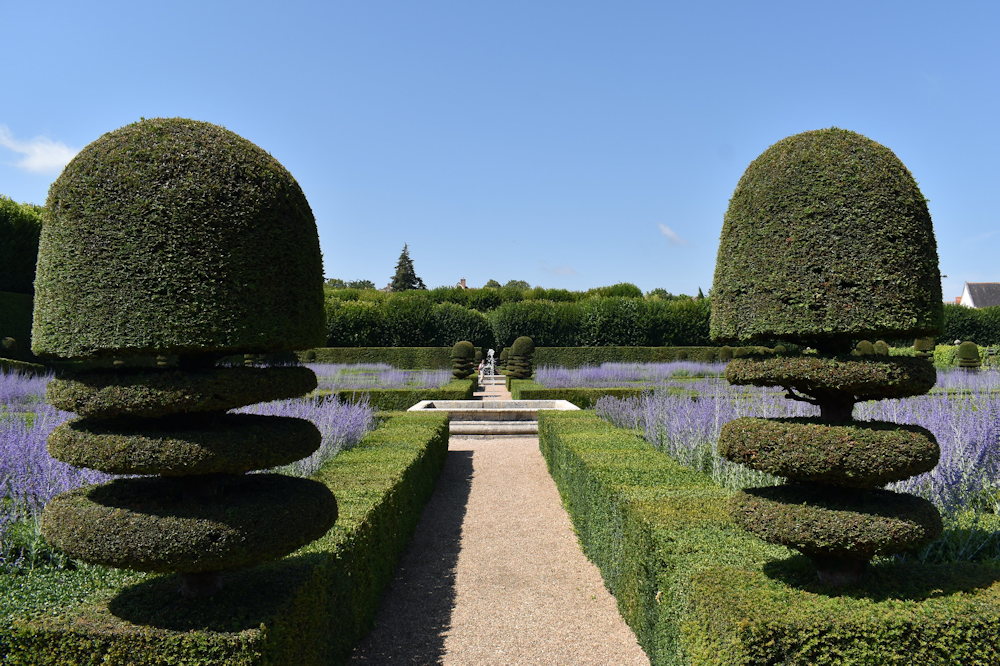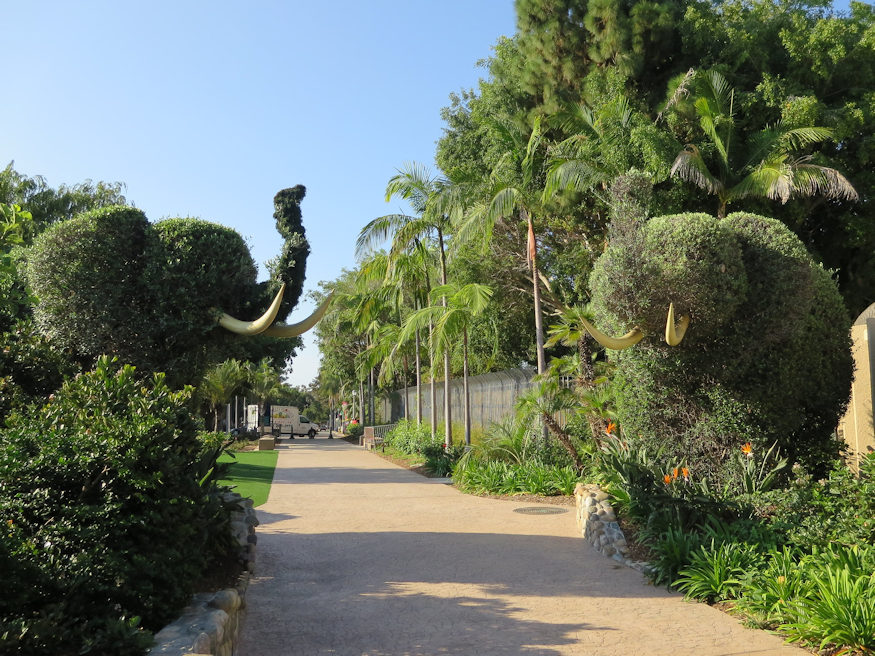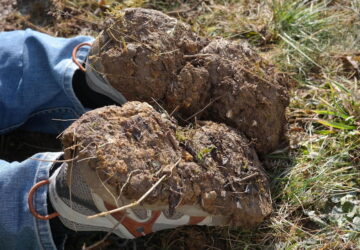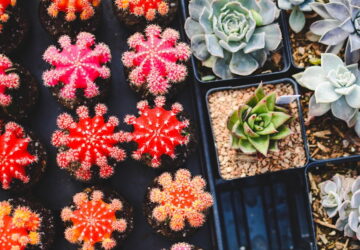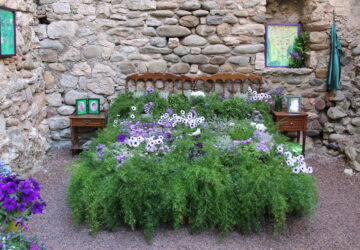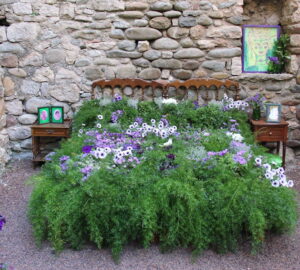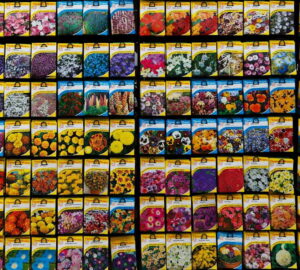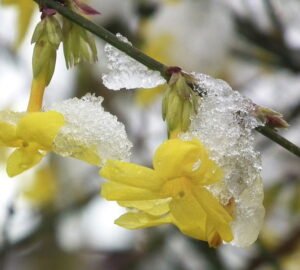Topiaries are living sculptures, an art form where plants are meticulously pruned and shaped into various forms, from geometric designs to whimsical figures. This horticultural practice combines creativity with precision, resulting in stunning garden features that captivate the imagination.
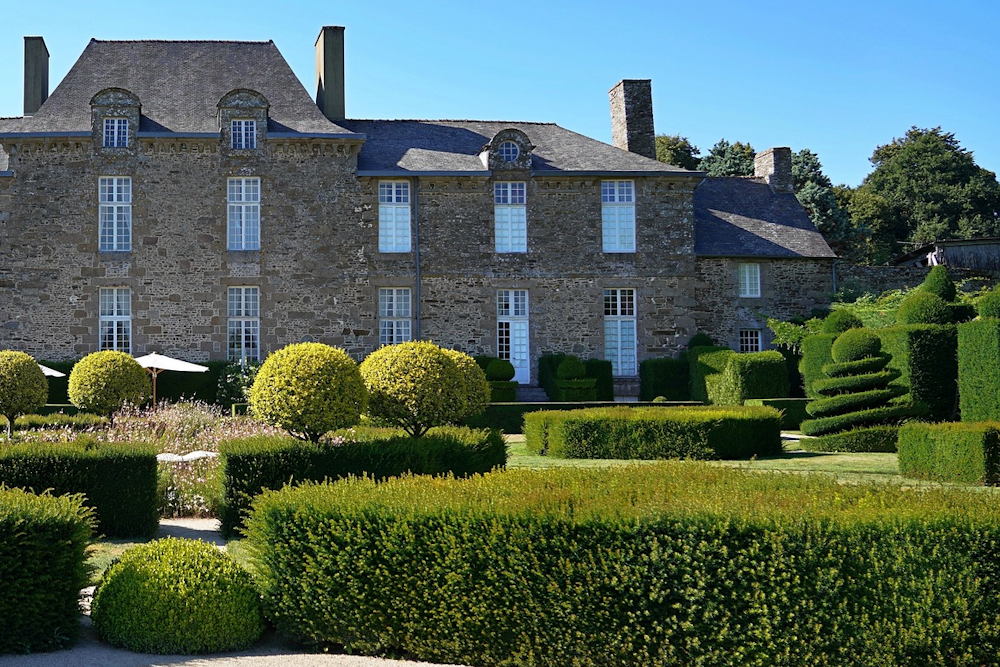
From Ancient Rome to Modern Gardens: The Origins of Topiary
The term “topiary” comes from the Latin word “topiarius,” meaning “landscape gardener.” This art form dates back to ancient Rome, where wealthy citizens decorated their gardens with intricately trimmed hedges and shrubs. The first topiaries were created around the 1st century AD in the gardens of the affluent, inspired by the shapes of animals, architectural elements, and mythological figures.
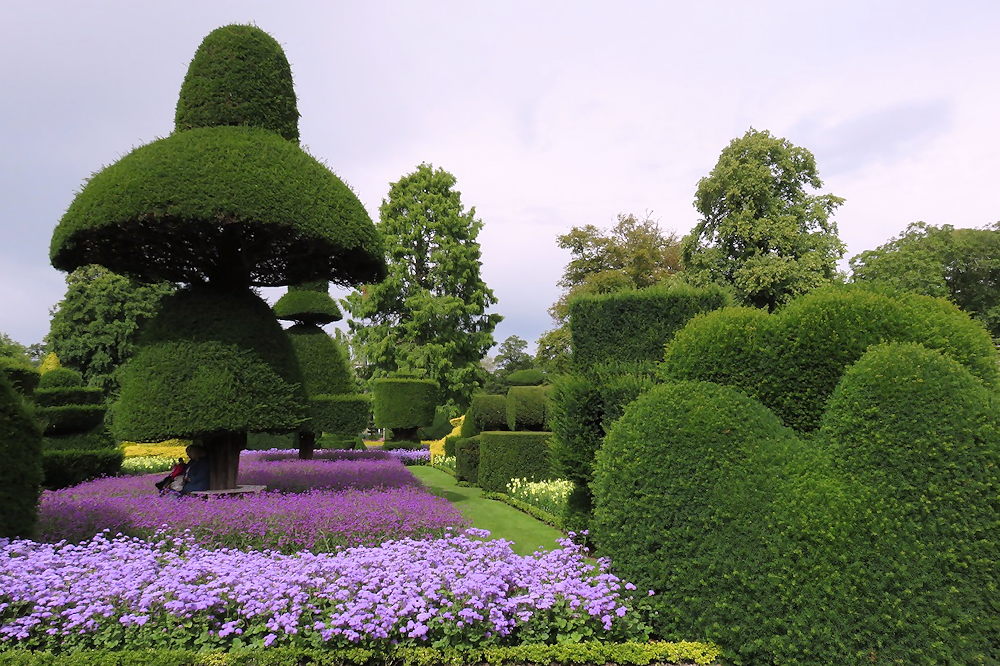
Popular Plants for Topiary Masterpieces
Boxwood (Buxus sempervirens)
Boxwood is a favorite for topiary due to its small, dense leaves and slow growth rate, making it easy to shape. It can be pruned into a variety of forms, from simple spheres to complex animal figures.
Yew (Taxus baccata)
Yew is highly valued for its dark green foliage and flexible branches, which respond well to regular trimming. It’s often used for larger, more intricate designs, including spirals and tiered structures.

Privet (Ligustrum)
Privet’s fast growth and hardy nature make it ideal for creating quick results in topiary art. It’s commonly shaped into hedges, cones, and other geometric patterns.
Holly (Ilex)
Holly is prized for its glossy leaves and vibrant berries, which add color and texture to topiaries. Its dense growth habit allows for detailed shapes and long-lasting forms.
Juniper (Juniperus)
Juniper’s needle-like foliage and sprawling habit make it suitable for a variety of topiary styles. It’s especially popular for creating bonsai-like miniatures and intricate animal shapes.
Rosemary (Rosmarinus officinalis)
Rosemary, with its aromatic leaves and sturdy stems, is a delightful choice for smaller topiaries. It adds fragrance to the garden and can be trimmed into spirals, balls, and even miniature trees.
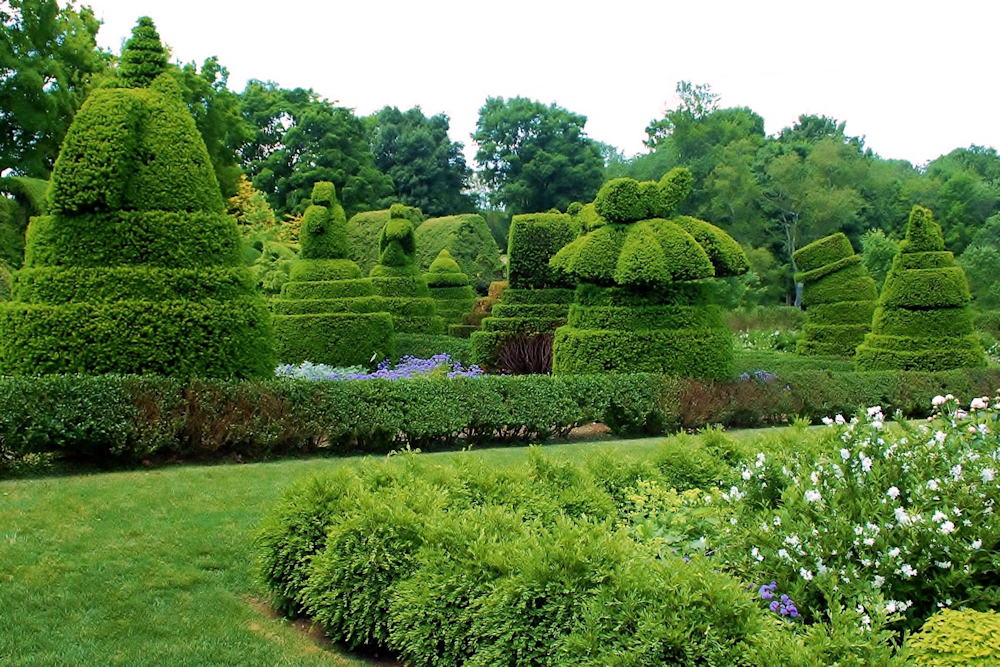
Nurturing Living Sculptures: Topiary Care Tips
To maintain the health and shape of topiaries, regular care is essential. Here are some key tips:
- Pruning: Regular trimming is crucial to keep the topiary in its desired shape. This should be done every few weeks during the growing season.
- Watering: Topiaries need consistent moisture, especially when newly planted. However, avoid waterlogging as it can damage the roots.
- Feeding: Use a balanced fertilizer to provide essential nutrients and encourage healthy growth.
- Pest Control: Regularly check for pests and diseases, treating promptly to prevent damage to the intricate shapes.
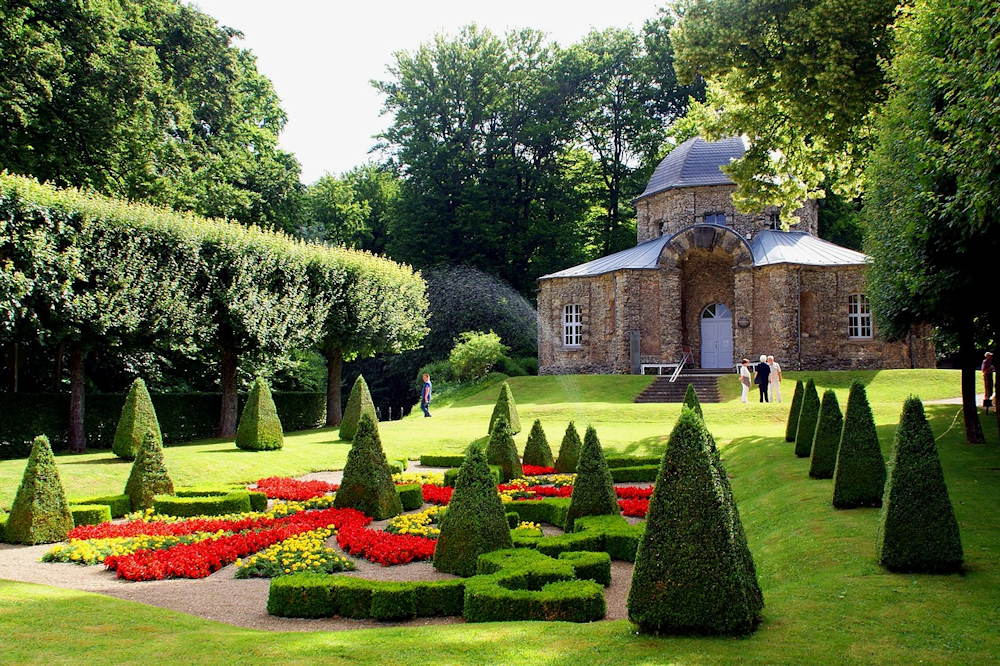
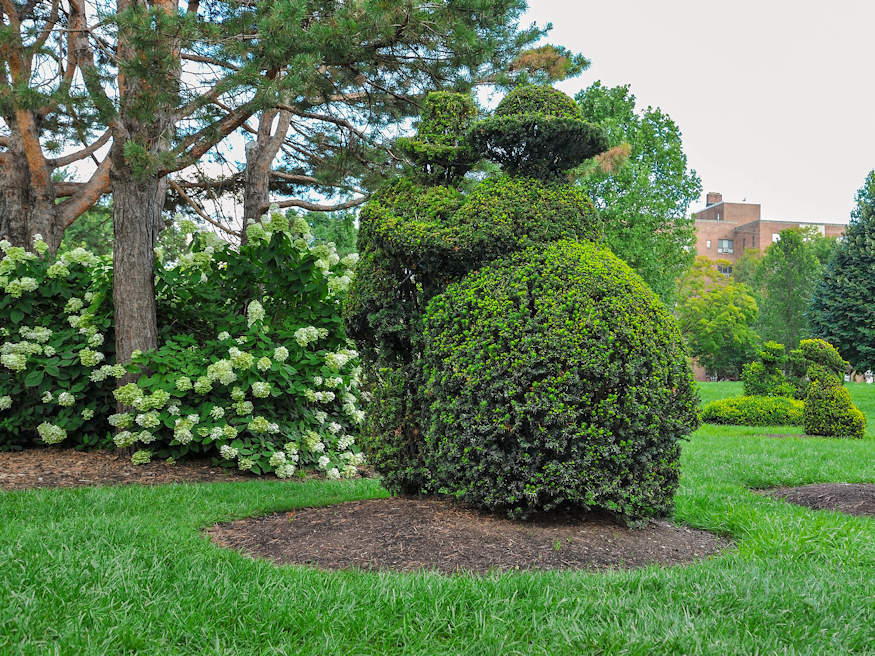
Precision Tools for Perfect Topiaries
- Shears: Essential for precise trimming and maintaining clean edges.
- Pruning Scissors: Useful for detailed work and smaller cuts.
- Hedge Trimmers: Ideal for larger topiaries and major shaping tasks.
- Topiary Frames: Helpful for training plants into complex shapes.
- Gloves: Protect your hands while working with sharp tools.
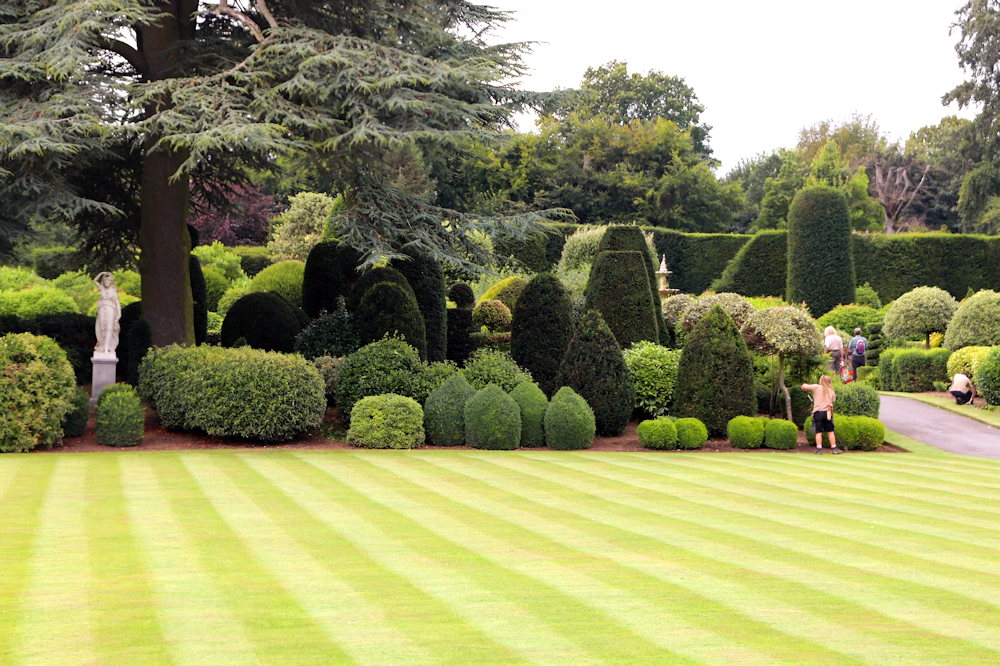
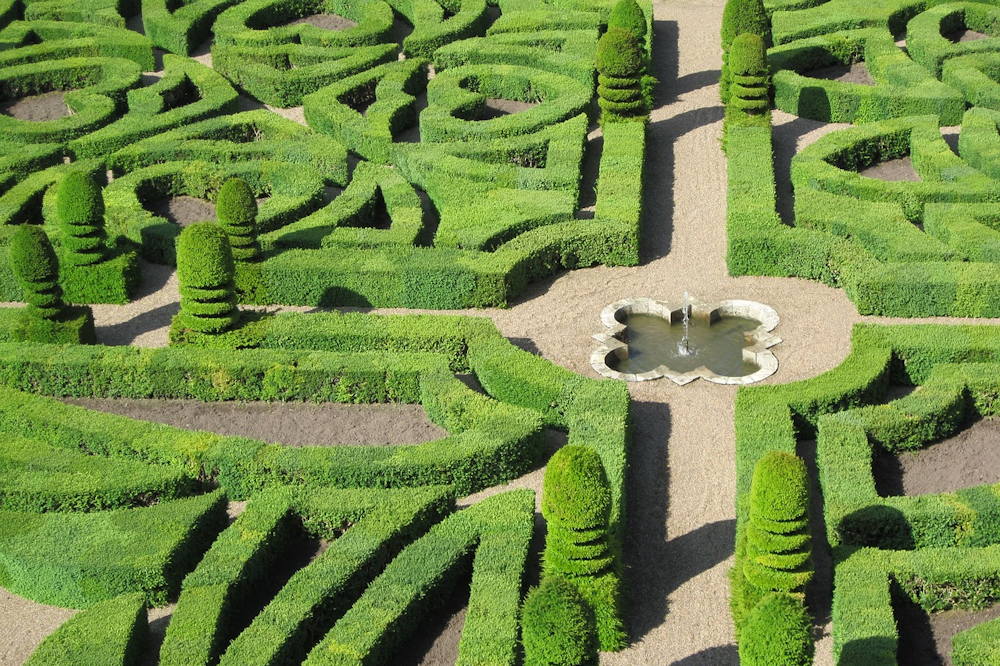
Fascinating Greenery: Intriguing Topiary Facts
- Historical Significance: The art of topiary has been practiced for over 2,000 years, originating in ancient Roman gardens.
- Famous Topiary Gardens: Levens Hall in England is home to some of the oldest and most famous topiary designs, dating back to the late 17th century.
- Record-Setting Topiary: The largest topiary structure is a massive Mickey Mouse-shaped topiary at the Dubai Miracle Garden, standing over 18 meters (59 feet) tall.
- Topiary in Literature: Topiaries are often featured in literature and films, symbolizing opulence and meticulous care, such as in the movie “Edward Scissorhands.”
- Animal Shapes: One of the most popular shapes for topiaries is animals, with many gardens featuring life-sized topiary elephants, peacocks, and more.
- Themed Gardens: Some gardens, like the Atlanta Botanical Garden, host seasonal topiary exhibits, creating themed displays that draw thousands of visitors.
- Environmental Benefits: Beyond their aesthetic appeal, topiaries contribute to the environment by improving air quality and providing habitats for small wildlife.
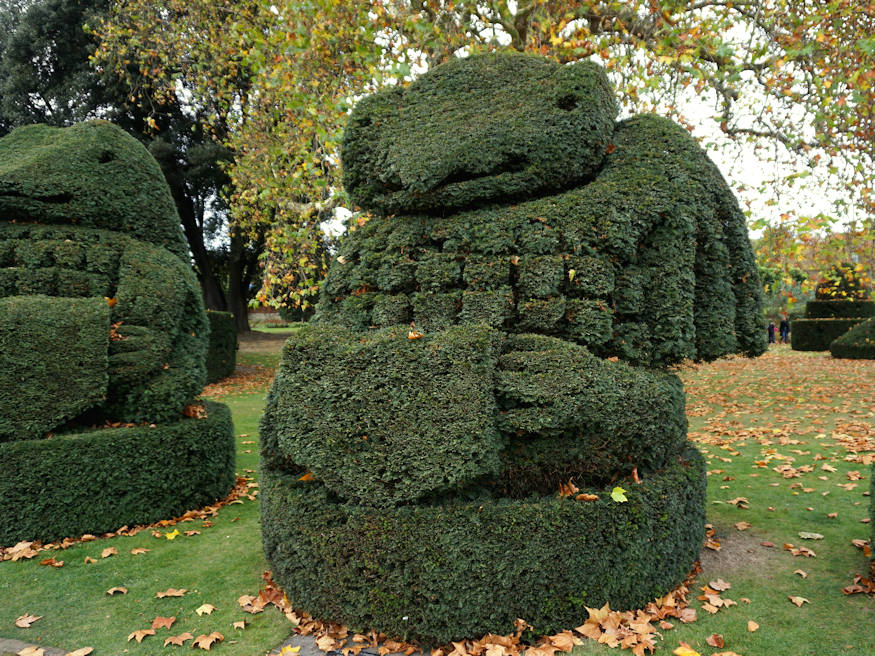
Crafting Living Art in Your Garden
Topiaries are a blend of art and horticulture, transforming gardens into living galleries of sculpted greenery. Whether you’re an experienced gardener or a novice, the joy of creating and maintaining these natural masterpieces is a rewarding pursuit. With the right plants, tools, and care, you can craft your own piece of botanical artistry.
